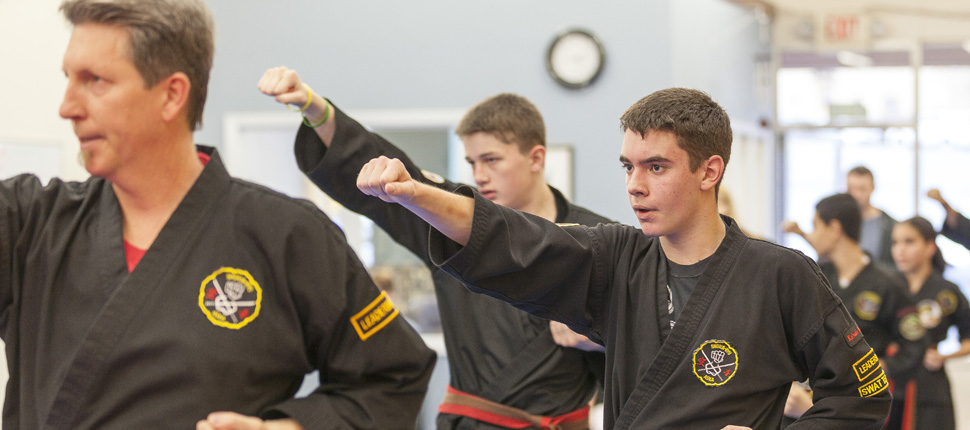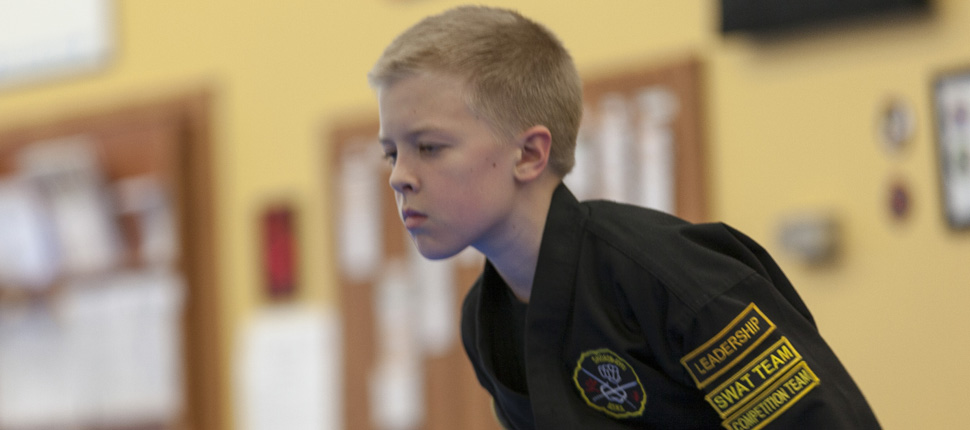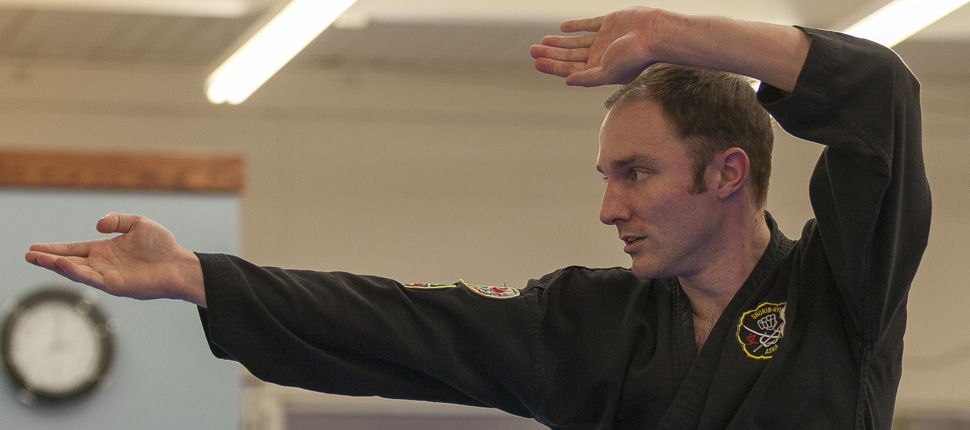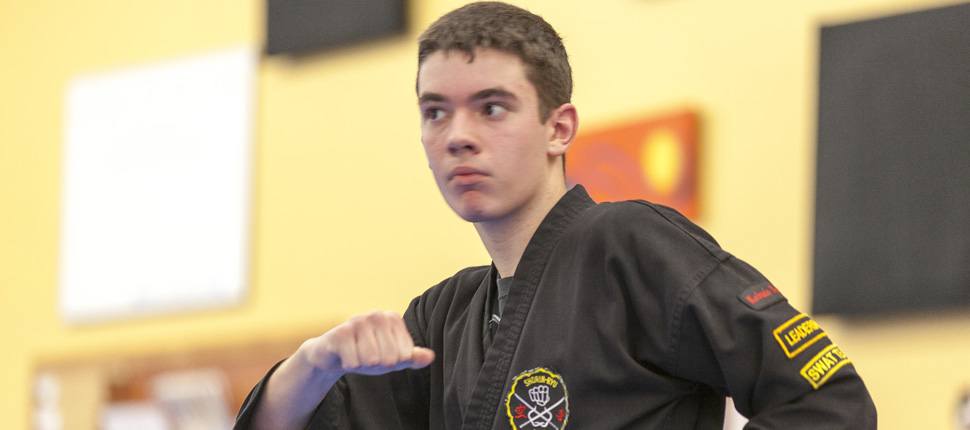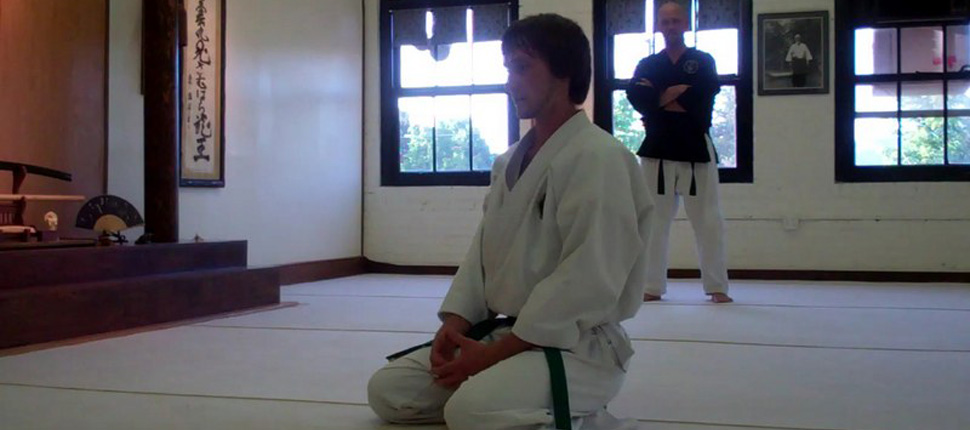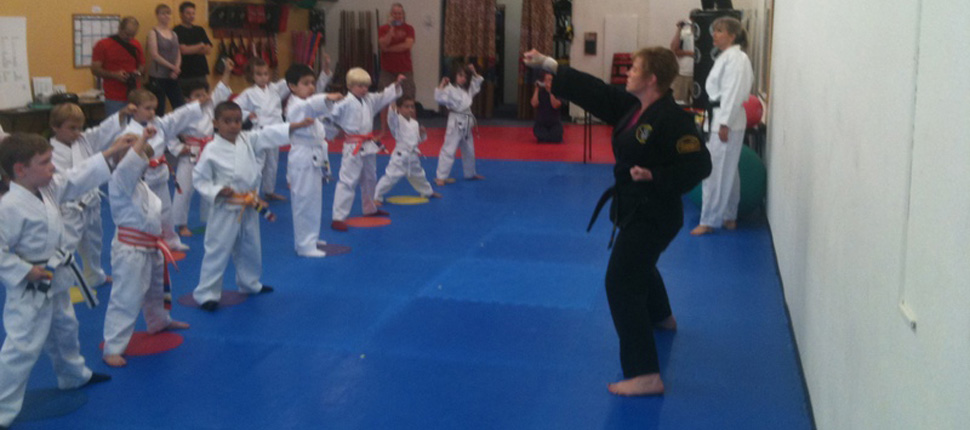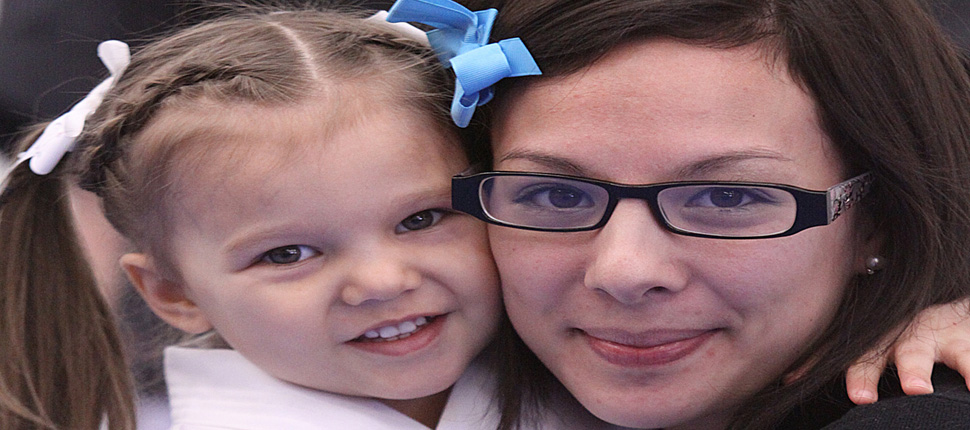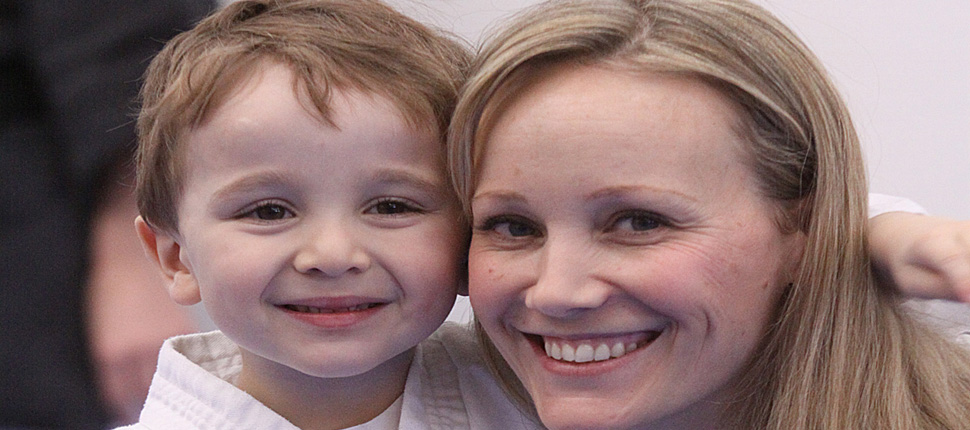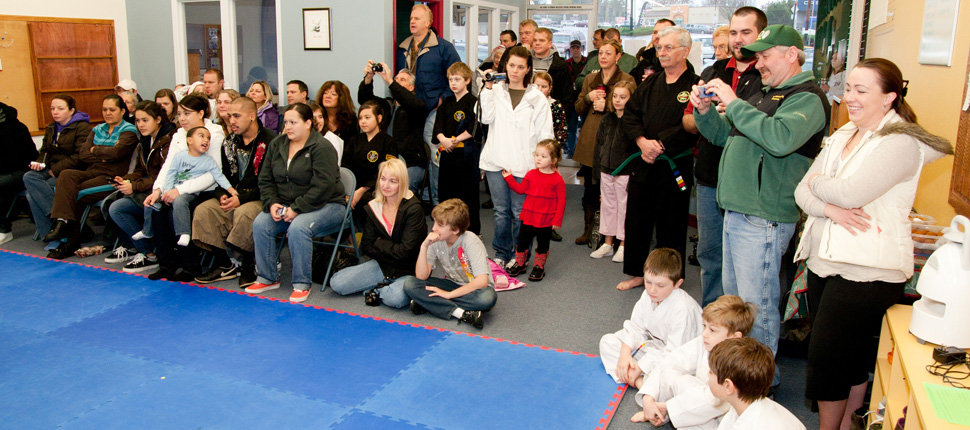A fundamental rule of karate is that all students start out at the bottom. Karate does not respect wealth, power, or social position. Each person must dedicate himself or herself to the pursuit of improvement. Thus, each new student begins as a nyumonsha, a beginner, without a belt. The award of a white belt and its rank of jukyu (10th class) signify that the student has begun to learn a new way of life.
Traditionally in Okinawa, no grades or belts were awarded in karate. Students simply practiced together until the instructor told them they were qualified to go out and teach on their own. Around 1929, Master Funakoshi Gichin inaugurated the practice of awarding a black sash (obi) to senior students. After the Second World War, many Okinawan and Japanese schools added a brown belt to signify a student approaching black belt status.
With the expansion of karate in the West, most schools have adopted a greater variety of belt colors to signify advancement and provide short-term incentives for students. The ASKA operates on a 10 kyu system; ten ranks are awarded below black belt, with the lowest being jukyu (10th kyu) and the highest ikkyu (1st kyu). Students below black belt are called gakusei (student).
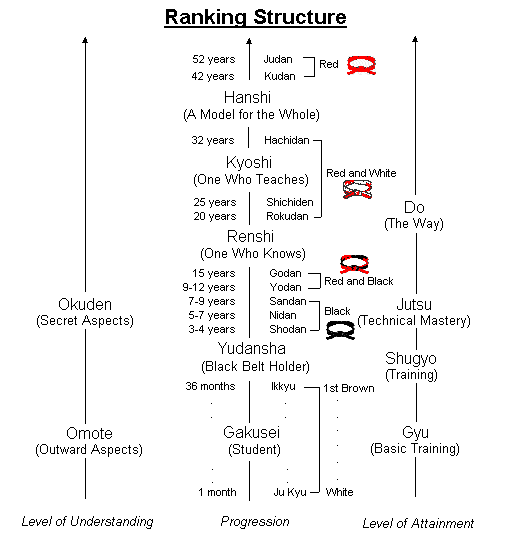
Note on Ranking Structure:
5th and 6th degrees are eligible for the title of Renshi (senior instructor); 7th
degrees are eligible for the title Kyoshi (fully licenses teachers); 8th, 9th, and
10th degrees are eligible for the title Hanshi (master). These titles are not
automatic, but are awarded for exceptional contribution and skill.
The ranking structure is designed to measure the proficiency of the student as he or she progresses through a rigorous training program. Generally, tests vary from 10 minutes to one hour, depending on the level of the student. Evaluations at the higher levels aim to discover the sutdent’s ability to instruct and apply what he or she has learned. Simply executing technique is not sufficient.
During isolated techniques and during kata, a student’s overall performance is considered according to his or her form. Each part of the student’s form is carefully checked for balance, power, control, and focus. Focus measures both the effect and amount of control the student has achieved. It can be better determined with a striking surface, such as a makiwara or bag, or through prearranged drills. Students are usually told their strong and weak points and why they were or were not promoted at the conclusion of their examination.



